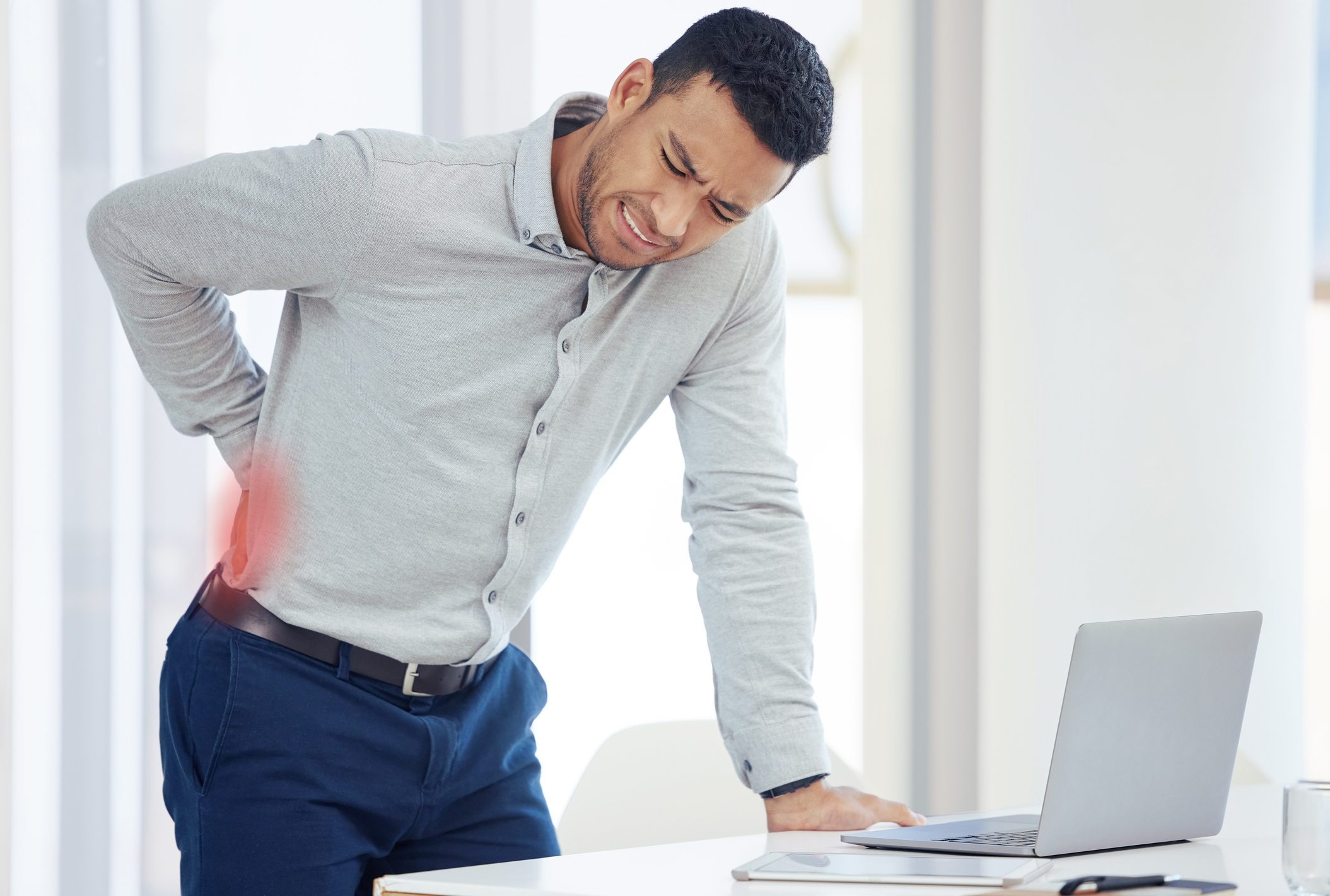
Australians hoping to reduce medical and physiotherapy costs by using smartphone apps to self-manage lower back pain could be setting themselves up for failure – with a new study outlining the lacklustre quality and lack of individualised medical advice on the apps.
The study, published in open-access journal Disability and Rehabilitation, found 25 apps that are available for Apple and Android smartphones offer poor quality advice and information, instead recommending common aerobic exercises that fail to deliver important customised management tools for lower back pain.
Nine of the smartphone apps had to be purchased with some offering an initial one-month trial before monthly fees were introduced.
Flinders University PhD Candidate Claudia Didyk, in the College of Nursing and Health Sciences, says the results suggest apps have the potential to improve lower back pain outcomes, however they’re not well regulated, and the quality of information and advice provided is often poor.
“Smartphones apps can be a cost-effective option for health monitoring and advice, particularly for those who are time-poor, have financial constraints, have transport difficulties or live-in rural areas with poor access to health care. But the rapid rate that health and wellbeing apps are developed makes it difficult to monitor and effectively regulate content quality,” says Ms Didyk.
“Many of the apps were not developed by individuals with a clear health-related background. None of the apps have been tested to determine if they can improve lower back pain outcomes, self-management, and behaviour change. This limits consumer confidence in the product.”
“There is a clear need for higher-quality apps that have been evaluated and are from reliable sources. Only one of the apps, the SelfBack app, had been trialled and evaluated in randomised controlled trials.”
With back and neck pain effecting millions of Australians at some point in their lives and consistently ranked as a common reason for GP and hospital visits, technology could offer effective alternatives that don’t clog up the health system.
But the researchers say the poorly regulated industry reduces product quality and the health benefits are unproven as a result.

“There is a need for low-cost, easily accessible, reliable, tailored interventions that can address health inequities by enabling the immediate delivery of high-level public health services to address the economic and personal costs of LBP,” says Associate Professor Belinda Lange, in the College of Nursing & Health Sciences.

Associate Professor Lucy Lewis says that the variable quality and lack of testing of most apps shows it’s important for consumers to consult with a health professional to find out how using an appropriate app may supplement their care.
“There is great potential for apps for low back pain to further encompass behaviour change principles by including features such as sharing behaviours with others, similar to popular exercise app Strava.
Social support has been shown to improve exercise adherence and longevity with behaviour change – this is an important future area for app developers working in the area of low back pain self-management apps.”
Funding for app purchases was provided by the Flinders University Research Student Maintenance (RSM) support.

